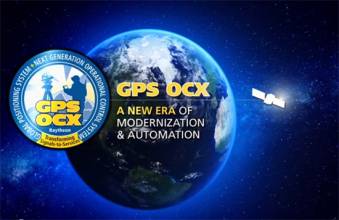Companies Aim to Commercialize Europe’s eLoran System, GNSS Backup
A group of American and British companies is coalescing around a plan to provide Europe with a commercial, eLoran-based backup for the timing information now provided by GNSS signals.
The Earth Star consortium is made up of American and British companies and a few interested individuals, said Dana Goward, the president of the RNT Foundation. Goward, who is familiar with the group. He told Inside GNSS the consortium has yet to file formal organizational paperwork but would soon do so, most likely in Great Britain.
By Inside GNSS













